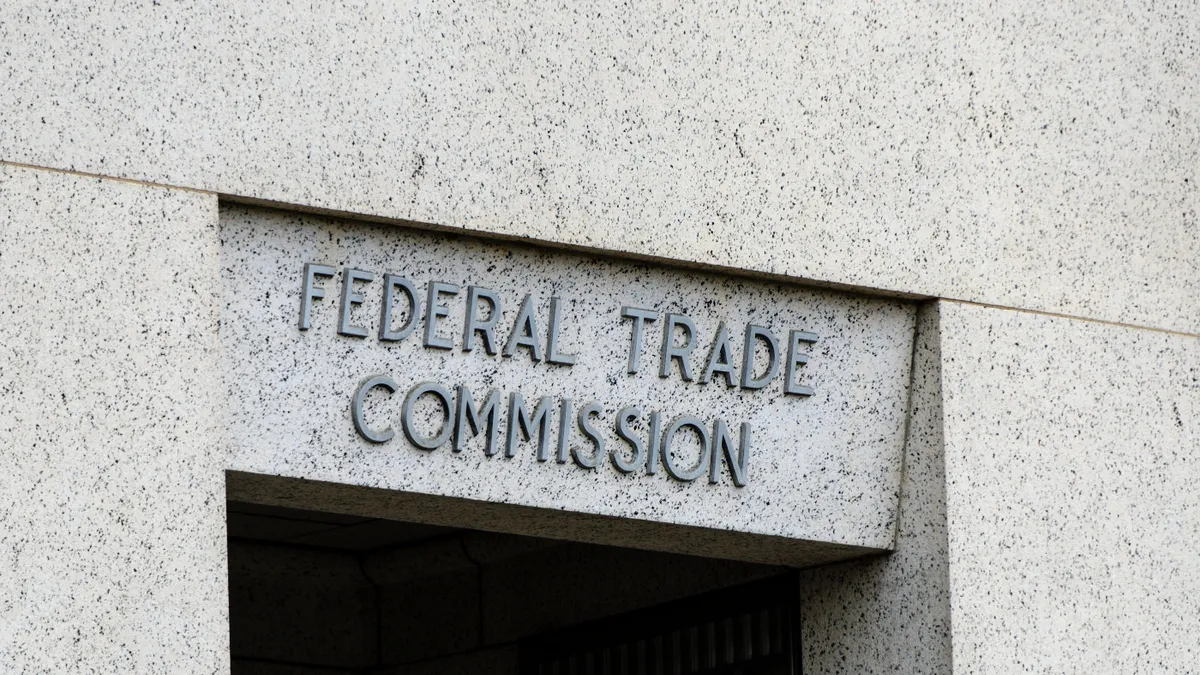Companies have collectively funneled billions into generative AI development, hoping to harness the technology’s potential to give them a leg up in a fast-changing, competitive environment. However, AI can be a double-edged sword for businesses to swing at a time when many companies are recovering from a turbulent year that has left risk management particularly high on the C-suite priority list.
C-suite executives will face growing risks from extreme weather, geopolitical conflicts, and cyber issues such as AI “deep fakes” over the upcoming decade, according to a World Economic Forum survey — while also juggling tougher regulation and tax challenges. Finding a way to balance AI innovation, while meeting their compliance requirements in a steadily more complex environment, is a must for companies today — a balancing act where the CFO plays a critical role.
Finance chiefs operate at the organization’s “nerve center,” making it imperative for them to understand risks and how they impact both the compliance and business side of the firm, said Liban Jama, forensic and integrity services leader at Big Four accounting firm Ernst & Young.
“From a CFOs perspective, it's the lens of, ‘how are we utilizing this technology to manage the risks of our products and services that we’re selling?” Jama said in an interview.
Bracing for the ‘speed’ impact
GenAI investment activity shows no sign of slowing; 61% of finance executives in the technology space anticipate their companies will funnel funds into AI this year, CFO Dive previously reported.
The benefits the technology can bring to areas like accounting, audit and compliance have prompted EY — as well as other Big Four firms including Deloitte and KPMG — to create internal GenAI platforms for their employees’ use, enabling employee training and assistance in areas like audit quality and research conduction.
In a world where finance and compliance executives need to prepare for new regulations in fields like cybersecurity, and data privacy, tapping AI or automation can allow companies to keep abreast of shifting regulations and help to more quickly crowdsource what a particular law means, Jama said.
Though the technology has clear uses, it also comes with new and expanding risks. Finance leaders pointed to concerns over data privacy and security issues as well as worries over potential biases generated by the tool — both areas, particularly bias in one’s data, that are increasingly occupying the minds of compliance leadership as well, Jama said.
“There's also a big, real sort of concern about how to manage privacy related issues, and making sure that we're competing within the rapid dissemination of information…[that] there's not a flip flop with respect to privacy regulations that may be breached as a result of the information or data being collected,” Jama said.
Part of the issue facing both compliance and finance leaders is the sheer pace of technology adoption: Seventy percent of legal, compliance and privacy leaders pointed to rapid GenAI adoption as a major concern, identifying it as the top issue they’ll face over the next two years, according to a recent survey by Gartner.
Utilizing AI also means that processes themselves are sped up noticeably; Jama pointed to key compliance areas like sanctions where financial and economic activity might be restricted, for example, which has shrunk from its historically cumbersome, days-long process in the age of automation. As professionals look to adjust to that quicker pace, they are running into critical questions that need to be answered, Jama said.
“Now that we're assessing the impact of speed, what are we missing?” he said. “What are the unknown unknowns? And what are the biases that we’re developing? And what are the impacts associated with that, going forward?”
Driving strategy in a post-AI world
The finance chief plays a critical role in helping to get a handle on these “unknown unknowns” as they look to marshal GenAI usage inside their companies — responsible for undertaking several key processes as well as working with the CEO, business commercial officer, compliance leadership and others to “figure out, does this align with our inorganic and organic strategy going forward?” Jama said.
First and foremost, finance chiefs approach the technology from a cost perspective, conducting cost takeout initiatives that measure where and how different departments are going to automate certain processes “so I can get X number of margin basis points on spend down,” Jama said.
Finance leaders can then help to narrow potential applications of the technology to those that will really “move the needle,” and finally move to the innovation phase — tapping GenAI to help identify gaps in the market or product use cases that can help them potentially expand and grow.
“That’s the connectivity we see from a CFO perspective,” he said.
However, taking a look at one’s data and how they are already using it is an essential first step, Jama said.
“Practically speaking, how can we take the data that's out there and help make faster decisions based on regulations that are happening out around the world?” he said.




















